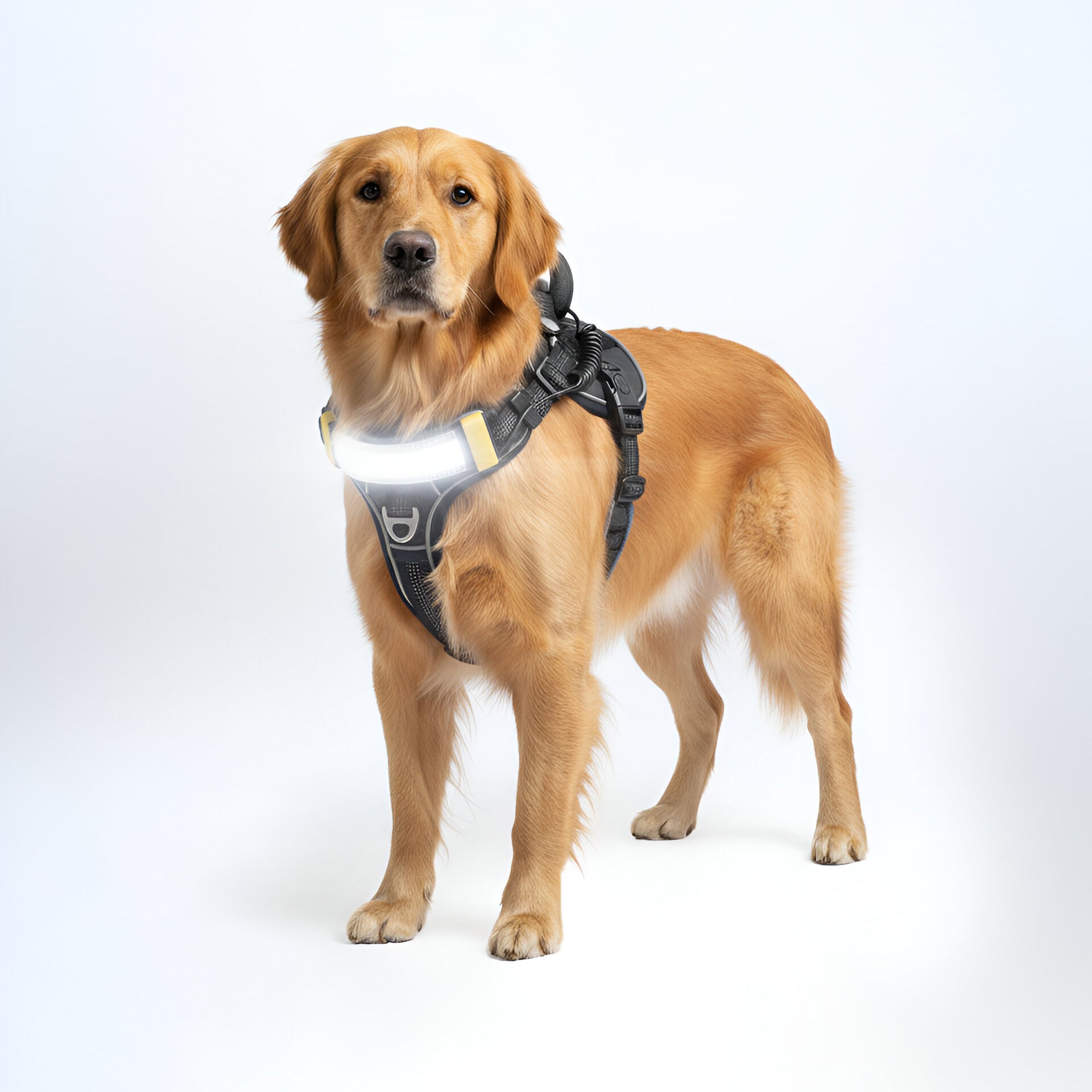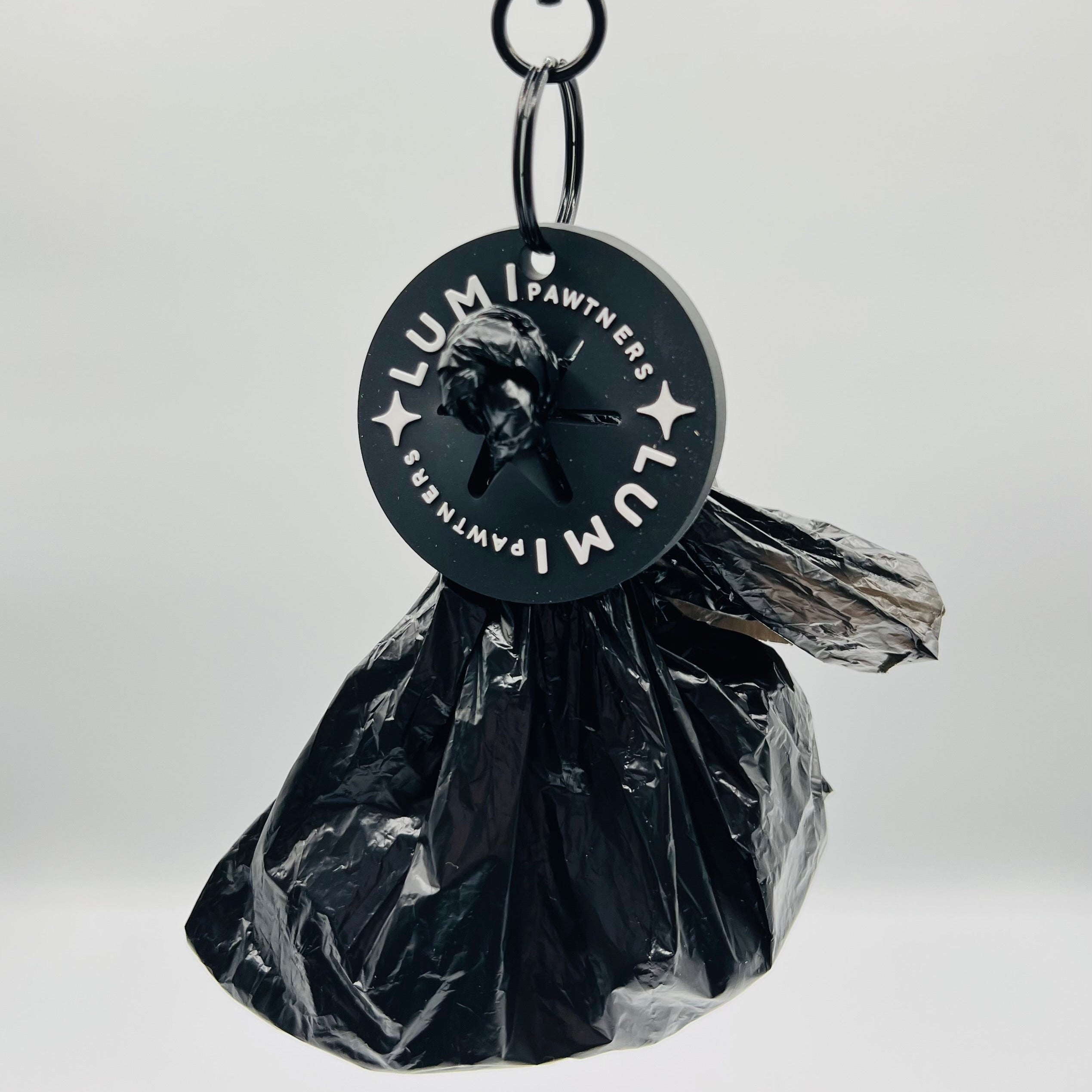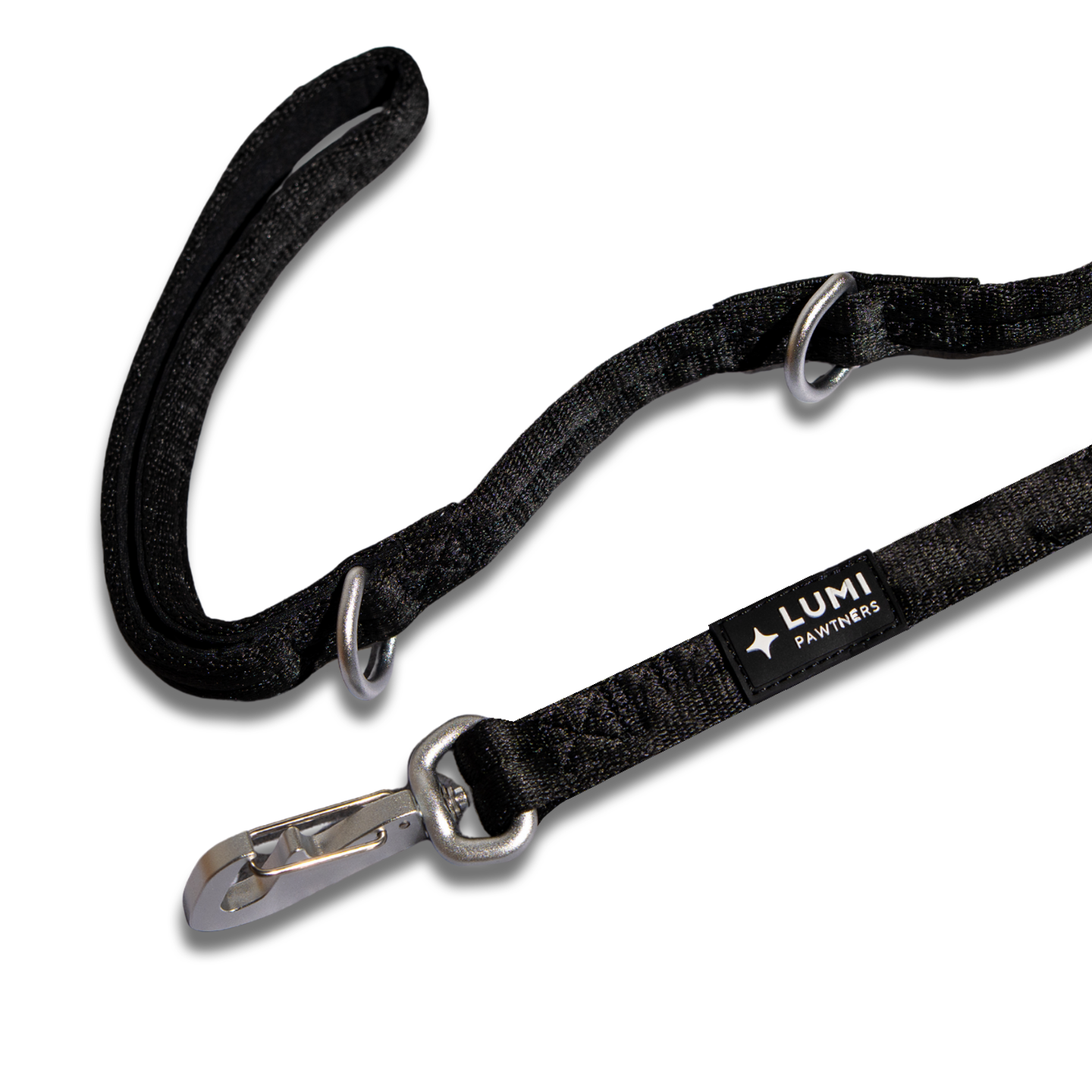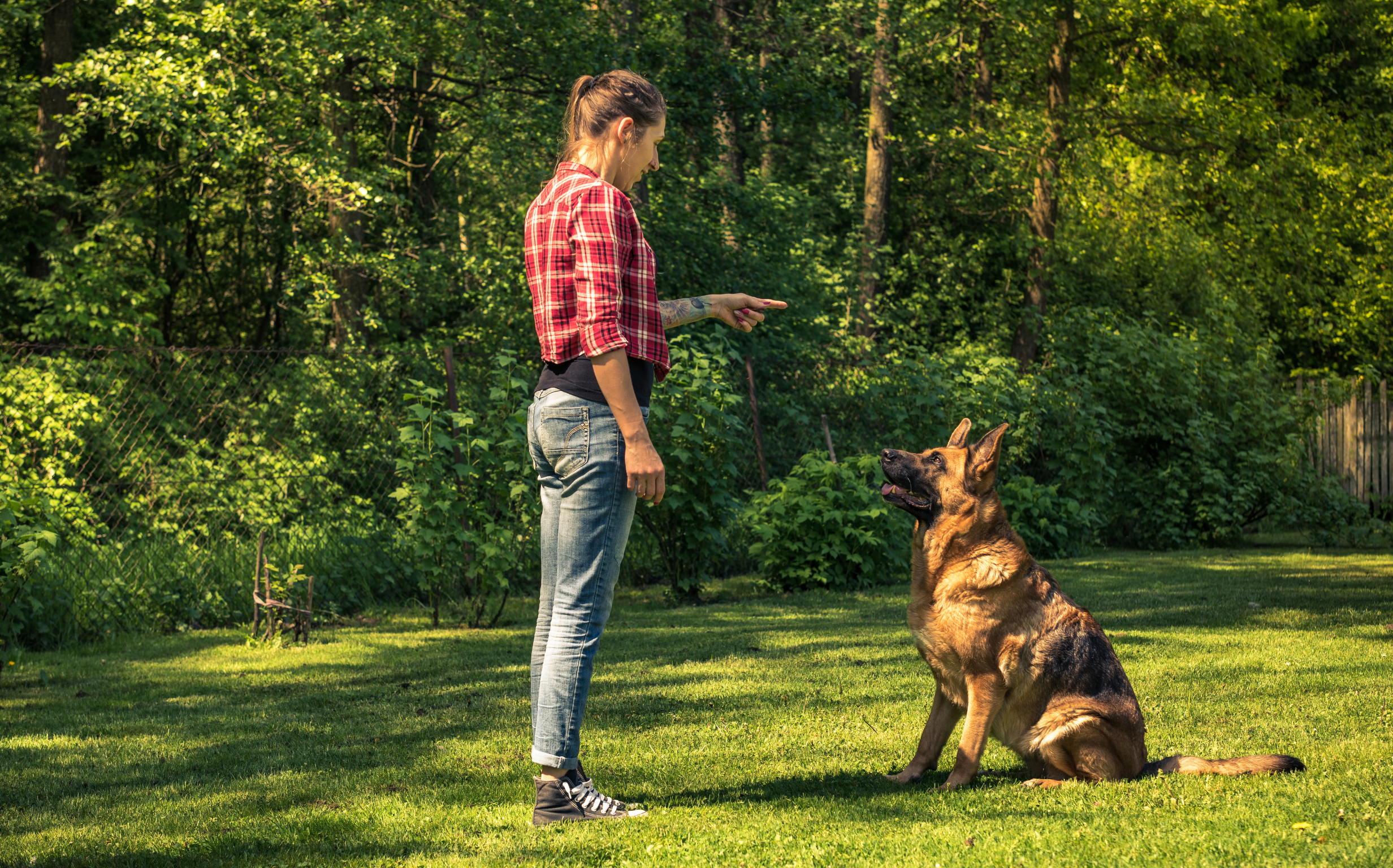Look, I know what you're thinking. "It's just teaching a dog to sit. How hard can it be?"
Well, if you've ever had a hyperactive puppy bouncing off the walls like a furry pinball, or a stubborn older dog who looks at you like you're speaking Klingon when you say "sit," you know it's not always that simple.
The good news? Teaching your dog to sit is actually one of the easiest and most useful commands you'll ever work on together. According to the American Kennel Club, "sit" is the foundation command that makes everything else possible. It's like teaching a kid to tie their shoes. Once they've got it, a whole world of independence opens up.
Why This Command Is Actually a Big Deal
Here's the thing: teaching your dog to sit isn't just about party tricks or showing off at the dog park (though, let's be honest, that's fun too). It's about safety, sanity, and actually enjoying life with your four-legged friend.
Real-life situations where "sit" saves the day:
- Your dog spots a squirrel while you're crossing the street (potential disaster averted)
- Guests arrive and your 70-pound labrador thinks jumping is an appropriate greeting (it's not, buddy)
- The vet needs to give your dog a vaccine and your pup is doing their best impression of a rodeo bronco
- You're trying to put their leash on and they're spinning in circles like a furry tornado
Dr. Ian Dunbar, a veterinarian and renowned dog behaviorist who literally wrote the book on puppy training, emphasizes that "sit" is the gateway to impulse control. When your dog learns to sit on command, they're actually learning something much bigger: that good things happen when they pause and listen to you.
The ASPCA also points out that a reliable "sit" can literally save your dog's life. A dog who automatically sits at curbs or when they hear "wait" is way less likely to dart into traffic or eat something sketchy off the ground.
What You'll Need (Spoiler: Not Much)
Before we dive into the how-to, let's talk supplies. The beauty of teaching "sit" is that you don't need a fancy training setup or expensive gear.
The essentials:
Treats that your dog actually cares about. We're not talking about their regular kibble here. Think small, soft, smelly treats that make your dog's brain light up like a slot machine. Freeze-dried liver, tiny pieces of cheese, or hot dog bits work great. Keep them small (pea-sized) so you can reward frequently without turning your dog into a blimp.
A quiet space. Start somewhere boring. Your living room, a hallway, maybe your backyard if it's fenced. You want your dog's full attention, which is impossible if there are squirrels, other dogs, or that one weird neighbor who always waves enthusiastically at dogs (we all have one).
Patience and a sense of humor. This is non-negotiable. Your dog will probably do something ridiculous during training. They might sit facing the wrong direction. They might sit, then immediately lie down. They might sneeze in your face. Roll with it.
Optional but helpful: A clicker if you want to be fancy about it, or just your voice and enthusiasm if you don't. According to Karen Pryor, the pioneer of clicker training, the click sound marks the exact moment your dog does something right, making learning faster. But honestly? Your cheerful "Yes!" works almost as well.
The Actual Step-by-Step (Finally)
Alright, let's do this. I'm going to break this down like you're teaching a toddler to high-five, because honestly, the principles are pretty similar.
Step 1: Get Your Dog Interested
Hold a treat in your closed fist and let your dog sniff it. Don't give it to them yet! Just get them interested and focused on your hand. If your dog is bouncing around like they've had seventeen espressos, wait a second for them to calm down a bit. You want their brain engaged, not just their stomach.
Step 2: The Lure (This Is Where the Magic Happens)
Now here's the move that feels like a Jedi mind trick the first time it works. Take that treat and slowly move it from your dog's nose up and slightly back over their head. Not way high, just a little bit up and back.
What happens next is pure physics. As your dog's nose follows the treat upward, their butt naturally goes down to keep their balance. It's like they have no choice. Their body just... does the thing.
If your dog backs up instead of sitting, try this near a wall or in a corner so they can't retreat. Some dogs are determined little escape artists.
Step 3: Say the Word at the Right Moment
This is crucial, so listen up. Don't say "sit" before your dog is actually sitting. Wait until their butt is about to touch the ground, THEN say "sit" in a clear, normal voice. You're not yelling, you're not whispering, you're just saying it like you'd say "coffee" or "Tuesday."
The goal is for your dog to associate the word with the action they're already doing. The American Veterinary Society of Animal Behavior notes that timing is everything in dog training. Say it too early, and your dog connects the word with standing or backing up. Say it too late, and they've already moved on mentally.
Pro tip from professional trainers: add a hand signal at the same time. A simple flat palm moving upward works great. Dogs are actually better at reading visual cues than verbal ones, so you're basically giving them two ways to understand what you want.
Step 4: Reward Like You Just Won the Lottery
The INSTANT your dog's rear end hits the floor, treat party time! Give them the treat, say "good sit!" or "yes!" in your happiest voice, and maybe add a quick scratch behind the ears. Go a little overboard. Your neighbors might think you're weird, but your dog will think you're amazing.
According to research published by the Association of Professional Dog Trainers, dogs learn fastest when rewards happen within half a second of the desired behavior. Any longer and they're not totally sure what they're being rewarded for. Was it the sit? The look they gave you? That time they didn't eat the couch? Keep it immediate.
Step 5: Rinse and Repeat (But Keep It Short)
Do this about 5-10 times in a row, then take a break. Seriously, stop. Your dog's attention span is shorter than a TikTok video, especially if they're young. Multiple short sessions throughout the day work way better than one marathon training session that leaves both of you exhausted and annoyed.
The Humane Society recommends 5-minute training sessions several times a day for puppies, and 10-15 minutes for adult dogs. Quality over quantity, always.
Common Mistakes (We've All Made Them)
Let's talk about what NOT to do, because sometimes that's more helpful than the official instructions.
Saying "sit, sit, sit, sit, SIT!"
Stop it. You're just teaching your dog that "sit" means nothing until you've said it five times in an increasingly desperate voice. Say it once. If they don't respond, don't repeat it. Instead, show them what you want with the treat lure again, THEN say "sit" when they're doing it.
Pushing their butt down
I get it. It's tempting. They're RIGHT THERE and you just want to help them understand by physically moving them into position. Don't do it. It's confusing for most dogs, and some dogs really hate being manhandled. Let them figure it out with the lure method. They'll learn faster and actually understand what you're asking for.
Getting frustrated and showing it
Dogs read your energy like you read a text message. If you're tense, annoyed, or impatient, your dog knows. And then they get stressed, which makes learning harder. If you find yourself getting frustrated, end the session on a positive note (even if it's asking for something easy you know they can do) and come back later.
Making It Stick: From Training Wheels to Autopilot
Once your dog is consistently sitting when you ask in your living room, it's time to level up. The goal is for your dog to sit anywhere, anytime, even when there are distractions.
Gradually add distractions. First, practice in different rooms of your house. Then try the backyard. Then the front yard. Then at the park (start far from other dogs and people). Each new environment is like a mini test for your dog's understanding.
Reduce the treats slowly. This is where a lot of people mess up. Don't go from treating every time to never treating. Instead, start treating every other time, then every third time, mixing it up randomly. Keep the verbal praise enthusiastic even when you don't give a treat. Eventually, your dog will respond for praise alone (though an occasional treat doesn't hurt).
Reward random sits. Here's a game changer: whenever you notice your dog sitting on their own, say "good sit!" and give them attention or a treat. Before you know it, sitting becomes their default behavior when they want something. Want to go outside? Better sit. Want dinner? Sit first. This is how you create a dog who just... sits. All the time. It's glorious.
When Things Aren't Working
Sometimes, despite your best efforts, your dog just isn't getting it. Here are some troubleshooting tips:
If your dog won't sit at all: Make sure your treat is high-value enough. If you're using boring treats, upgrade to something irresistible. Also, check your lure technique. You might be moving the treat too high, too fast, or not back enough.
If your dog sits but pops right back up: You're probably not rewarding fast enough. Work on your timing. Have the treat ready to go the second their butt touches down.
If your dog only sits when they see treats: You've created a treat dependency. Start hiding treats in your pocket and using hand signals and verbal cues without showing the treat first. Reward after they sit.
If your older dog seems confused: Older dogs can absolutely learn new tricks, but they might need more patience and repetition. Some older dogs also have joint issues that make sitting uncomfortable, so talk to your vet if you're concerned.
The Bottom Line
Teaching a dog to sit is one of those skills that seems small but changes everything. It's the foundation for pretty much every other command you'll ever teach. It's a safety net in sketchy situations. And honestly, it's just really satisfying to have a dog who listens to you.
Will your dog nail it in one session? Probably not. Will there be setbacks? Absolutely. Will your dog occasionally pretend they've never heard the word "sit" in their entire life, even though they've done it 500 times? Oh, definitely.
But stick with it. Keep sessions short, keep your energy positive, and celebrate the small wins. Before you know it, you'll have a dog who sits on command, and you'll wonder why it ever seemed hard in the first place.
Now get out there and teach that pup to park their butt. You've got this.
FAQ
How long does it actually take to teach a dog to sit?
Most dogs can learn the basics in a few days of consistent practice, but "really getting it" usually takes a week or two. Puppies often pick it up faster because they're little learning sponges, while older dogs might need more repetition. Don't stress about the timeline. Every dog is different.
Can you really teach an old dog new tricks?
Absolutely yes. The whole "old dogs can't learn" thing is a myth. Older dogs might take a bit longer to catch on, and you might need to be more patient, but they're totally capable of learning. Just make sure they're comfortable (arthritis can make sitting harder) and keep sessions short.
What if my dog is super distracted and won't focus?
Start in a boring environment. Like, really boring. A quiet room with nothing interesting happening. Once they've mastered it there, slowly add distractions. Also, make sure your treats are exciting enough to compete with whatever's distracting them.
Should I use a clicker?
You can, but you don't have to. Clickers are great for marking exact moments of good behavior, but your voice works fine too. Use whatever feels natural to you. The most important thing is consistency.
Is it okay to teach hand signals and verbal cues at the same time?
Yep! In fact, it's recommended. Dogs often respond better to visual cues anyway. Just make sure you're consistent with both the word and the gesture.
My dog will sit at home but ignores me outside. What gives?
That's totally normal. Dogs don't automatically generalize what they learn. Practice in lots of different locations, starting with low-distraction areas and working up to harder environments like parks or busy streets.
Can I start teaching "sit" to a puppy, or should I wait?
You can start as early as 8 weeks old! Puppies at that age are ready to learn and super motivated by food. Just keep sessions really short (like 3-5 minutes) because their attention span is microscopic.




